Intro
Ease muscle soreness with 5 expert tips, reducing inflammation, and relieving pain through stretching, foam rolling, and self-care techniques.
Soreness is a common issue that many of us face on a daily basis. Whether it's due to a rigorous workout, a long day at the office, or simply a result of aging, soreness can be debilitating and affect our overall quality of life. The good news is that there are many ways to ease soreness, and in this article, we will explore five effective methods to help you alleviate soreness and get back to living your best life. Soreness can be caused by a variety of factors, including muscle strain, poor posture, and even certain medical conditions. Understanding the root cause of your soreness is crucial in finding the right solution.
Muscle soreness, also known as delayed onset muscle soreness (DOMS), is a common phenomenon that occurs after engaging in strenuous physical activity. It's characterized by muscle stiffness, pain, and inflammation, and can last for several days. While it's a normal response to exercise, it can be uncomfortable and affect our daily activities. Fortunately, there are several ways to reduce muscle soreness and get back to our normal routine.
Soreness can also be caused by poor posture, which can put strain on our muscles and joints. When we slouch or hunch over, it can lead to muscle imbalances, where some muscles become overactive and others become underactive. This can cause pain and stiffness, especially in the neck, back, and shoulders. By improving our posture and engaging in regular exercise, we can reduce muscle soreness and improve our overall well-being.
Understanding Soreness
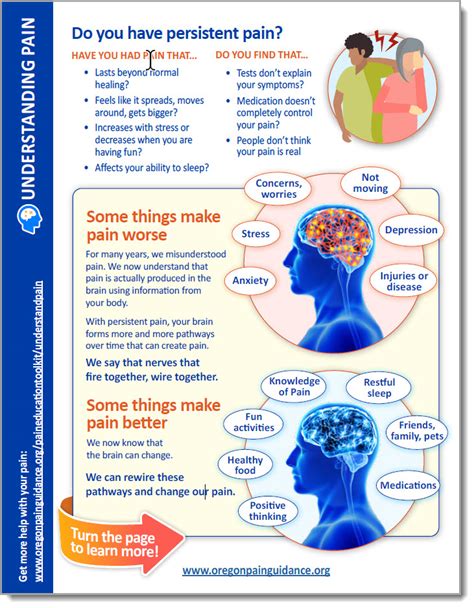
Causes of Soreness
There are many potential causes of soreness, including muscle strain, poor posture, and certain medical conditions. Muscle strain occurs when our muscles are stretched or torn, leading to pain and inflammation. Poor posture can also cause soreness, as it can lead to muscle imbalances and put strain on our joints. Certain medical conditions, such as arthritis and fibromyalgia, can also cause chronic soreness. By understanding the underlying causes of our soreness, we can develop effective strategies to alleviate it.Stretching and Foam Rolling
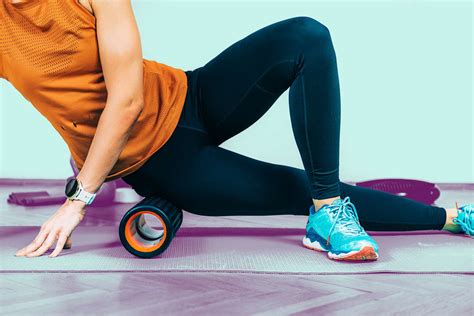
Benefits of Stretching
Stretching has numerous benefits, including reducing muscle soreness, improving flexibility, and enhancing athletic performance. By incorporating stretching into our daily routine, we can reduce our risk of injury and improve our overall well-being. Stretching can also help to reduce stress and improve our mood, making it an excellent activity for both physical and mental health. Some other benefits of stretching include improved posture, reduced muscle tension, and enhanced circulation.Heat and Cold Therapy
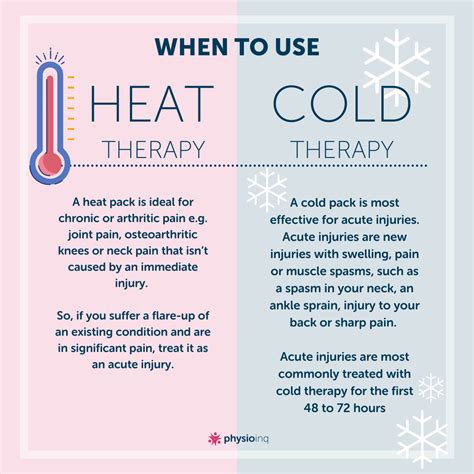
Types of Heat and Cold Therapy
There are several types of heat and cold therapy, including warm baths, heating pads, ice packs, and cold compresses. Warm baths are an excellent way to relax our muscles and reduce soreness, while heating pads can be used to target specific areas of pain. Ice packs and cold compresses can be used to reduce inflammation and numb pain, making them an excellent option for acute injuries. By choosing the right type of heat or cold therapy, we can effectively ease soreness and promote healing.Massage and Self-Myofascial Release
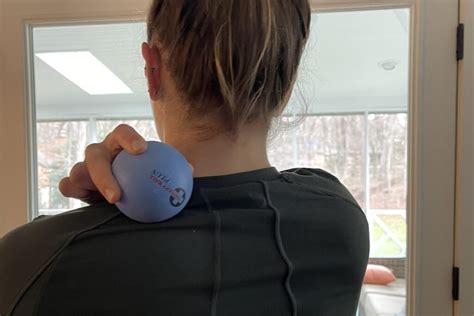
Benefits of Massage
Massage has numerous benefits, including reducing muscle soreness, improving flexibility, and enhancing athletic performance. By incorporating massage into our routine, we can reduce our risk of injury and improve our overall well-being. Massage can also help to reduce stress and improve our mood, making it an excellent activity for both physical and mental health. Some other benefits of massage include improved posture, reduced muscle tension, and enhanced circulation.Rest and Recovery
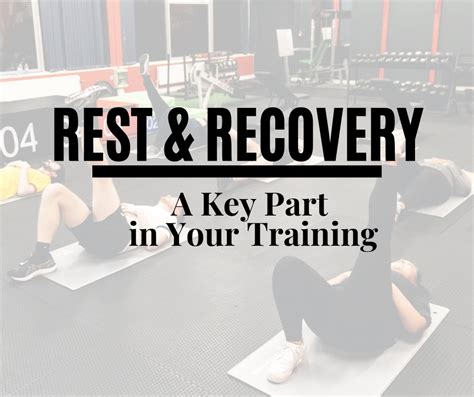
Importance of Sleep
Sleep is crucial for recovery and easing soreness. During sleep, our bodies repair and rebuild our muscles, making it an essential component of the recovery process. By getting enough sleep, we can reduce muscle soreness and improve our overall well-being. Aim for 7-9 hours of sleep per night and prioritize rest and recovery to help your body heal.Nutrition and Hydration
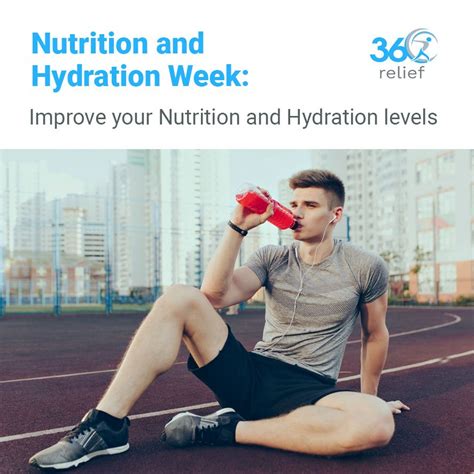
Benefits of Proper Nutrition
Proper nutrition has numerous benefits, including reducing muscle soreness, improving flexibility, and enhancing athletic performance. By fueling our bodies with the right foods, we can reduce our risk of injury and improve our overall well-being. A balanced diet can also help to reduce stress and improve our mood, making it an excellent component of both physical and mental health. Some other benefits of proper nutrition include improved posture, reduced muscle tension, and enhanced circulation.What are the most common causes of soreness?
+The most common causes of soreness include muscle strain, poor posture, and certain medical conditions. Understanding the root cause of your soreness is crucial in finding the right solution.
How can I reduce muscle soreness after a workout?
+There are several ways to reduce muscle soreness after a workout, including stretching, foam rolling, and using heat or cold therapy. You can also try taking a warm bath or using a massage gun to help relax your muscles.
Can proper nutrition help reduce soreness?
+Yes, proper nutrition can help reduce soreness. A balanced diet that includes plenty of protein, complex carbohydrates, and healthy fats can help to reduce muscle soreness and promote healing.
How much sleep do I need to help my body recover from soreness?
+Aim for 7-9 hours of sleep per night to help your body recover from soreness. During sleep, your body repairs and rebuilds your muscles, making it an essential component of the recovery process.
Can I use heat and cold therapy at the same time?
+No, it's not recommended to use heat and cold therapy at the same time. Instead, alternate between heat and cold therapy to help reduce muscle soreness and promote healing.
In conclusion, easing soreness requires a comprehensive approach that includes stretching, foam rolling, heat and cold therapy, massage, rest, recovery, proper nutrition, and hydration. By incorporating these methods into your daily routine, you can reduce muscle soreness and improve your overall well-being. Remember to always listen to your body and take rest days when needed, and don't hesitate to seek medical attention if your soreness persists or worsens over time. With the right approach, you can say goodbye to soreness and hello to a healthier, happier you. We encourage you to share your experiences with soreness and how you've managed to alleviate it in the comments below. Your input can help others who may be struggling with similar issues, and together, we can build a community that prioritizes health and wellness.
